Hello I would like to count the number of occurrences of a string combination with 2 columns. For example :
| Fruit A | Fruit B |
|---|---|
| Banana | Apple |
| Pear | Apricot |
| Apple | Banana |
| Apple | Pear |
| Banana | Apple |
This should send me back:
| Combination | Occurence |
|---|---|
| Banana, Apple | 3 |
| Pear, Apricot | 1 |
| Apple, Pear | 1 |
if this is difficult we can imagine that fruit are in a single column like that:
| Fruits |
|---|
| Banana, Apple |
| Pear, Apricot |
| Apple, Banana |
| Apple, Pear |
| Banana, Apple |
Do you have some ideas how i can do ?
Thanks





